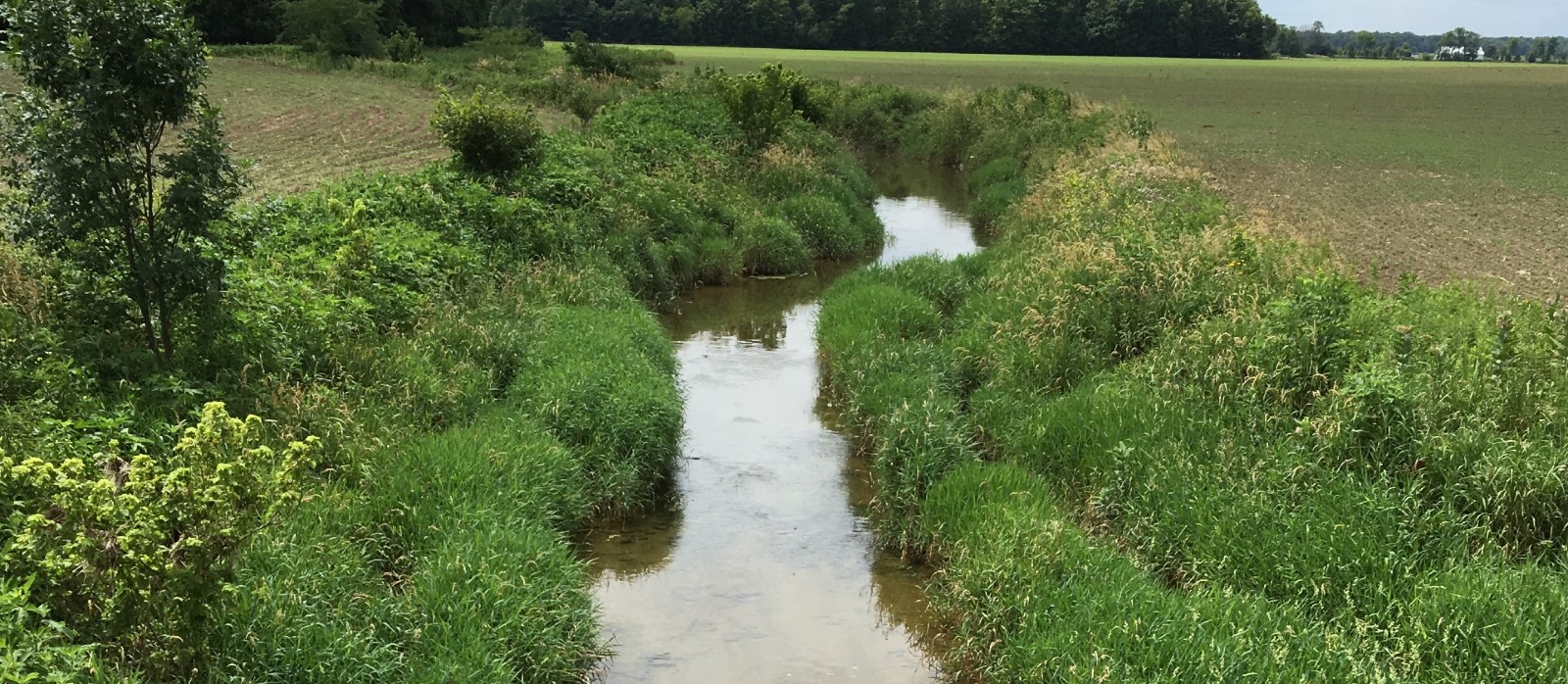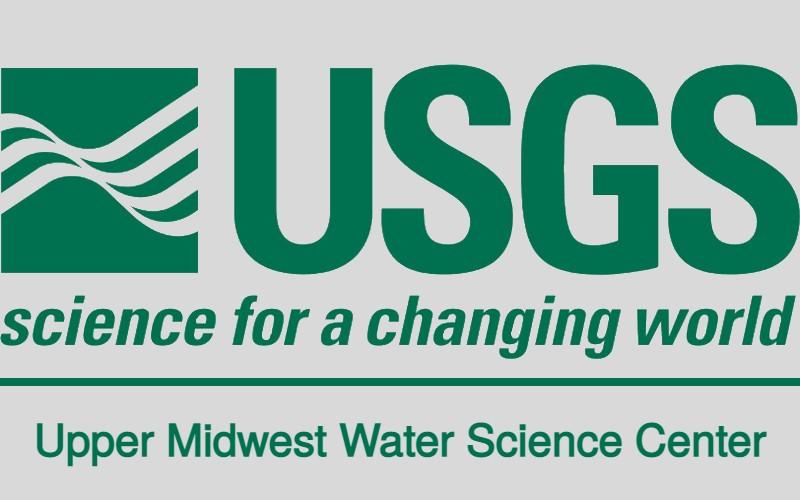Influence of rivers on phosphorus delivery to the western basin of Lake Erie

Overview
Harmful algal blooms (HABs) in the western basin of Lake Erie have been shown to be fueled by phosphorus loading from the Maumee River and its agriculturally dominated watershed. We are also beginning to understand the impacts of various agricultural land use practices on phosphorus exports from field to stream. However, little is known about the role of the tributaries of the Maumee Basin in mitigating or contributing phosphorus to the Maumee River and eventually the western basin of Lake Erie. Stream ecosystems cycle phosphorus through various biotic and abiotic means, making understanding these instream processes and their overall role in phosphorus loading a key step in explaining and preventing HABs.
- Quantify spatial and temporal patterns of instream phosphorus sources and sinks in the Maumee watershed
- Estimate the impact of the Maumee River’s tributaries on phosphorus delivery to the western basin of Lake Erie
- Simulate conservation scenarios in a watershed model with improved instream processing

Tracking Lake Erie's harmful algal blooms upstream, The Ohio State University College of Arts and Sciences College News. June 23, 2020.
Collaborators

Jim Hood, Assistant Professor
Margaret Kalcic, Assistant Professor
Devan Mathie, PhD Student
Audrey Sawyer, Associate Professor

Christopher Spiese, Associate Professor

Lynn Bartsch, Research Fisheries Biologist
Rebecca Kreiling, Research Ecologist
James Larson, Research Fisheries Biologist



